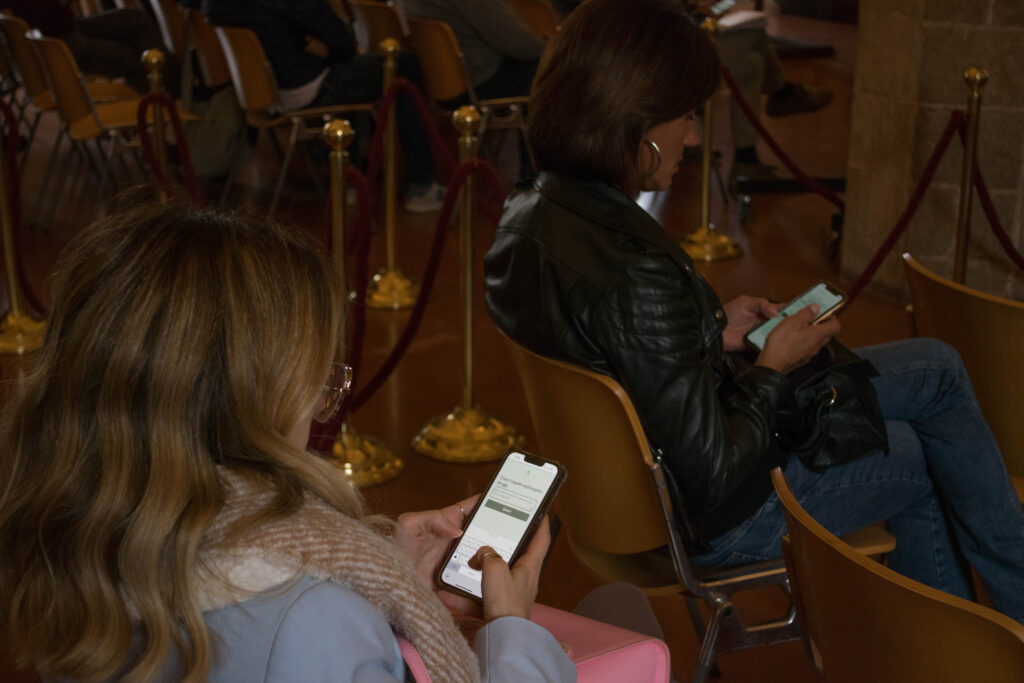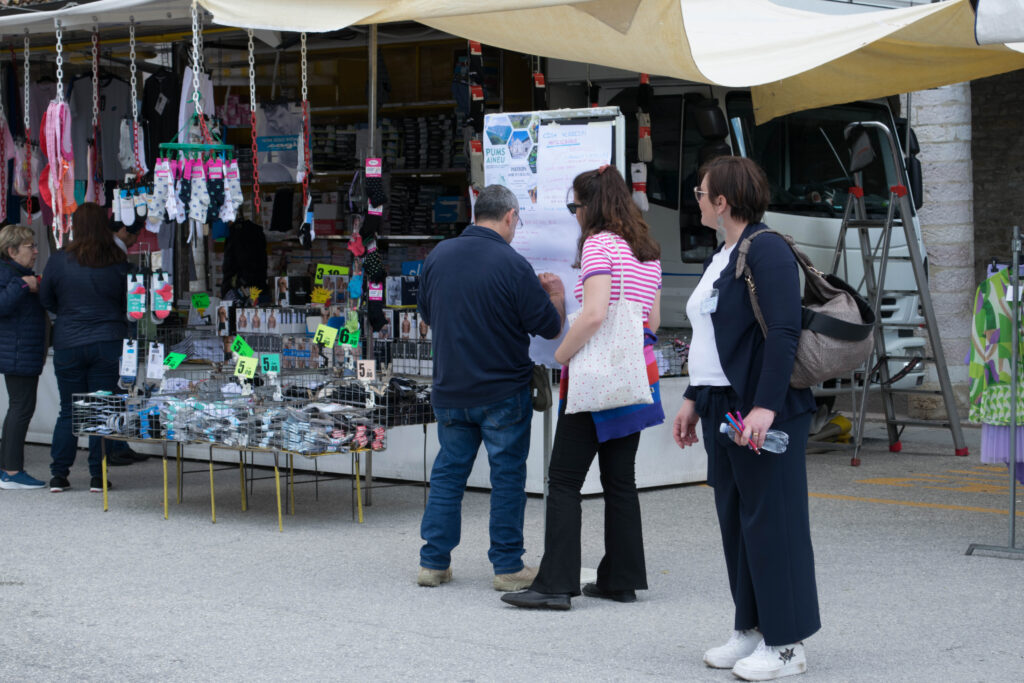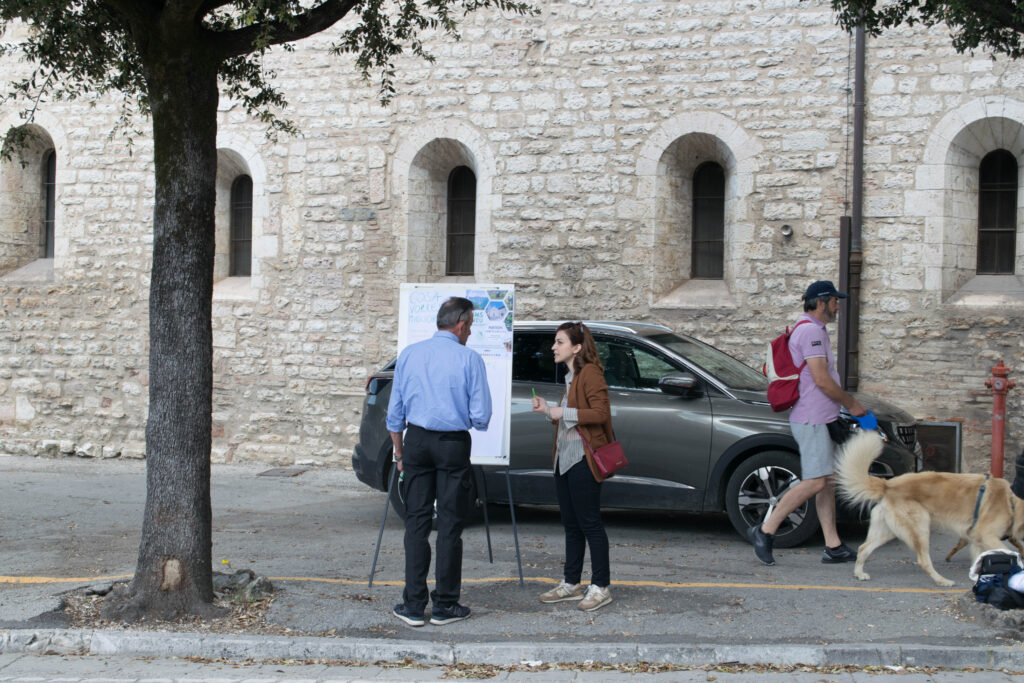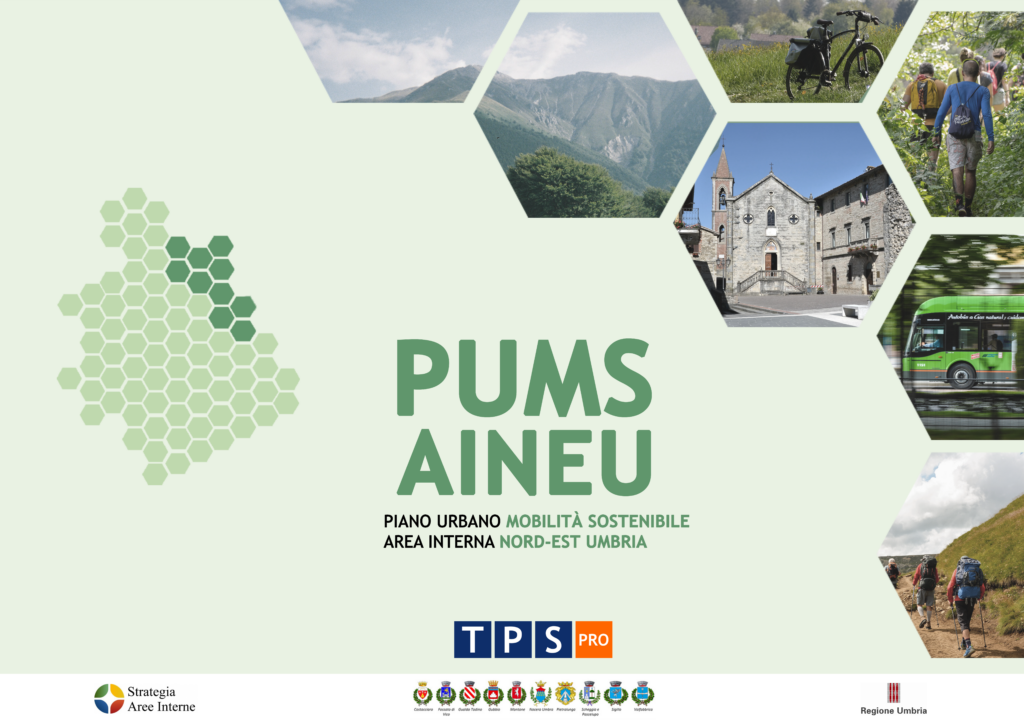The Northeast Inner Area Umbria includes 10 Municipalities: Gubbio, Gualdo Tadino, Fossato di Vico, Costacciaro, Montone, Nocera Umbra, Pietralunga, Scheggia e Pascelupo, Sigillo, Valfabbrica, and belongs to the areas identified by the National Strategy for Inner Areas. One of the development strategies concerns mobility as a tool for promoting the territory, and the Area has decided to draw up an inter-municipal Sustainable Urban Mobility Plan (SUMPs). During the drafting of the SUMPs, we put into practice what we call “the 5 golden rules of participation”:
- 1. Have clear objectives;
- 2. Identify clear interlocutors;
- 3. Know the tools;
- 4. Plan the activity at the team level;
- 5. Produce effective output materials.

Having clear objectives: For the Sustainable Urban Mobility Plan (SUMPs) of the Northeast Inner Area Umbria (AINEU), it was necessary to collect critical issues and prioritize objectives. Identifying clear interlocutors: It was essential to gather opinions, experiences, and needs from those playing an active role in the social, cultural, and economic aspects within the municipalities of the area. Therefore, entities, local and territorial stakeholders, as well as the public, needed to be involved.
Knowing the tools: To gather the necessary contributions, it was decided to structure the participatory planning event in two distinct moments. The first was dedicated to entities and stakeholders by invitation, featuring a presentation, a Mentimeter survey, and workshop activities. Mentimeter served as a warm-up for the audience, stimulating debate, which was very useful in a context not always accustomed to participation and the organized presentation of ideas and issues. Therefore, the questions posed to participants were intentionally straightforward. The second moment was open to the public in Piazza Quaranta Martiri in Gubbio, where, with the help of two blackboards, passersby were interviewed about the critical aspects of the mobility system. The tactical approach of this workshop allowed for the organic presentation of the plan to individuals who would not normally be easily informed about it, as well as obtaining direct feedback from the population.
Planning the activity at the team level. For the Sustainable Urban Mobility Plan (SUMPs), a flexible and extensive team was deployed to manage the two events and the project, which could be adjusted based on the activities.
Output materials. The final outcome, in addition to the detailed event report, was a SWOT matrix—a quantitative result that allowed for calibrating the general SWOT analysis by including or emphasizing certain elements. But the most important rule is: don’t panic! People are unpredictable, and accommodating and directing the flow is the only way not to be overwhelmed during participatory activities.




 Download PDF
Download PDF